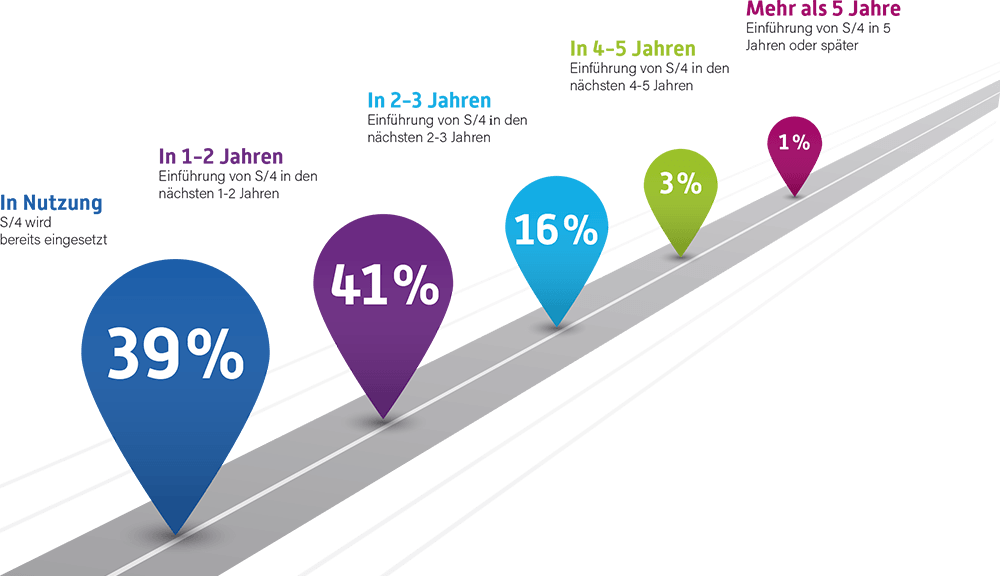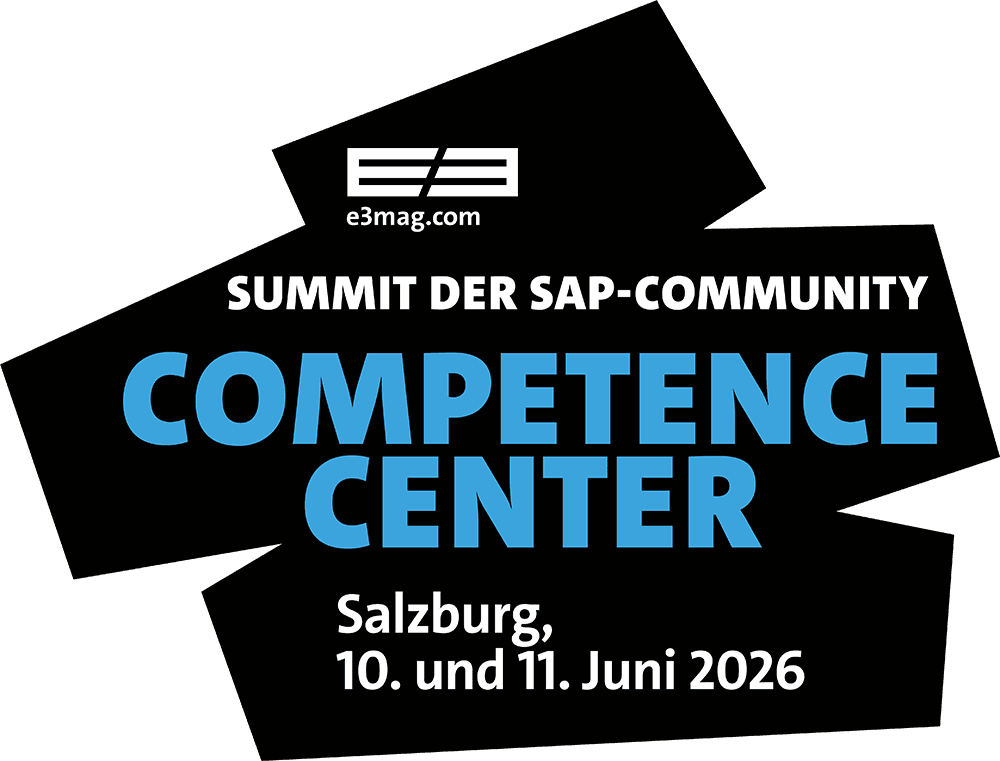

The study „S/4 Hana - The most important opportunities and challenges during implementation“ by Techconsult and Axians Germany provides an insight into the current status of companies with regard to their S/4 transformation, describes the opportunities and challenges and gives tips on implementation and selecting the right SAP partner.
To this end, 209 companies with 500 or more employees in Germany were surveyed on their transformation intentions. The study provides insights into obstacles and expectations regarding the successful integration of the successor to the SAP Business Suite as well as insights into transformation strategies for the new generation of the SAP ERP system.
Joys and sorrows with SAP
Many companies are looking with a
The technological developments at SAP are a cause for laughter and tears. In particular, the news that maintenance and support for the large-scale and established SAP ERP systems (R3/ECC) will be discontinued in future means that companies are facing a foreseeable need for transformation. More and more companies are looking at costs, efforts and alternative implementation scenarios to cope with the transformation to S/4.
If no transformation takes place by 2027, the costs of operating and supporting the established SAP ERP systems will explode. With the current ERP system, S/4, and the partially integrated solutions based on it, SAP is creating the basis for more automation and better use of existing data and processes.

S/4 Hana deployment levels Basis: 209 companies
Big data and the cloud
The new solution should be able to fully cover the digital trends of big data and cloud technologies and catapult companies into digital pioneers. The USP sounds tempting: everything from a single source and in a single platform. However, this presents companies with architectural and structural challenges in their IT and specialist departments. An ERP system has become indispensable in every company, but what are the consequences of SAP's transformation efforts for companies? What challenges and difficulties will they face?
What effort is involved in the transition for IT and employees and to what extent can SAP partners provide assistance? Many of the companies surveyed are already using S/4 (39 percent). 41 percent are currently planning the transition and want to change over in the next one to two years. The remaining fifth of companies are planning to do so after two years. The companies' ambition is reinforced by SAP's announcements. Many feel compelled to undertake a transformation by 2027 and thus anticipate the expiring license and support contracts. A look at the six core topics of the transition from the legacy system to S/4 shows that there are only minimal differences in comparison. Companies that are still using their established software solution for resource planning rate it similarly well in the comparison criteria as companies that are already using S/4.
Both important software aspects such as user-friendliness and complexity as well as the USPs of the S/4 solution are taken into account. The former criteria show comparable ratings: Both user-friendliness (70 percent) and complexity (60 percent) in system deployments are perceived similarly. As expected, there are differences in the USPs. Companies using S/4 are significantly more satisfied with the analysis options (+6 percent), with the openness when working with other applications (+13 percent) and also with the flexibility and scalability of the solution (+7 percent).
Flexibility and scalability
In the last aspect of comparison, cross-company collaboration and data exchange, legacy ERP systems are even in the lead (+7 percent). However, this is due to the time factor, the traditional know-how and the lack of employee skills for S/4. Nonetheless, companies must ask themselves individually to what extent a hasty short-term switch makes sense without achieving major advantages in the cost-benefit calculation. In particular, the competencies in the specialist departments and the IT architecture must be prepared and planned for an ERP transition in the long term.





